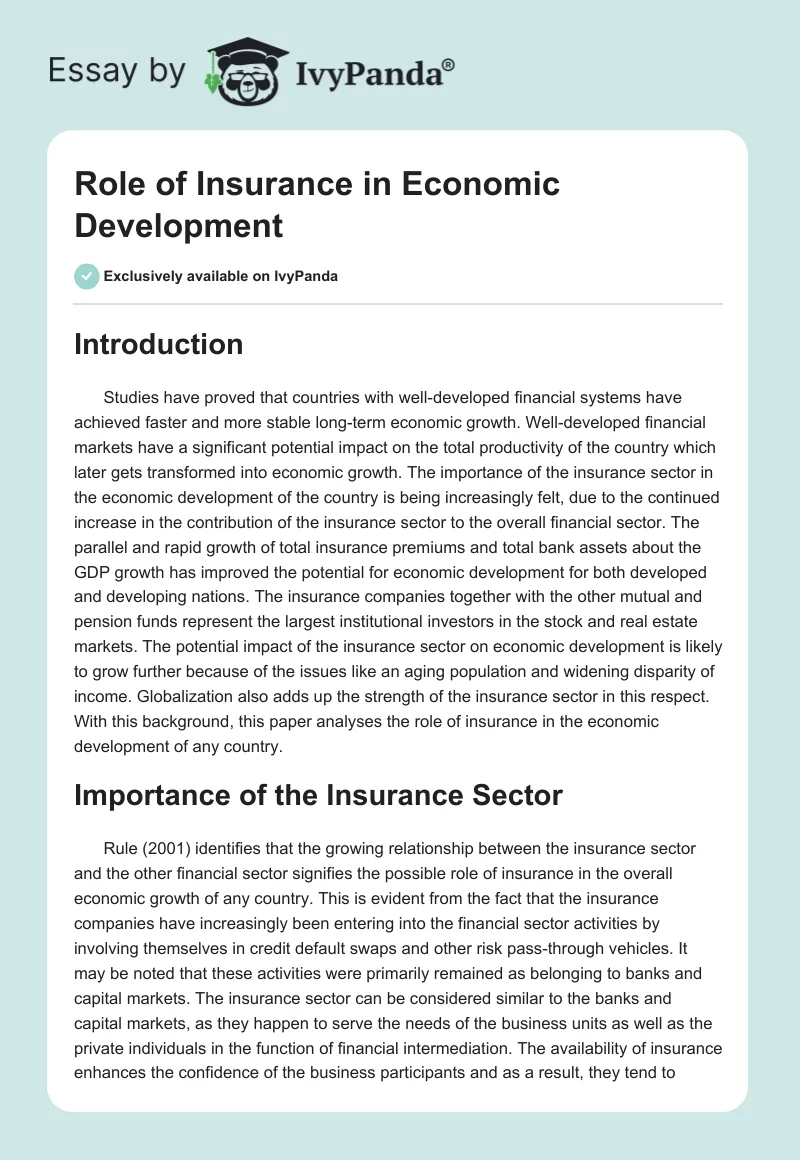The Main Principles Of Pacific Prime
Getting The Pacific Prime To Work
Table of ContentsThe Single Strategy To Use For Pacific PrimeSome Known Details About Pacific Prime Get This Report about Pacific PrimeGetting My Pacific Prime To WorkThe Greatest Guide To Pacific Prime

This is due to the fact that the data were gathered for a period of strong financial performance. Of the approximated 42 million individuals who were uninsured, just about about 420,000 (regarding 1 percent) were under 65 years of age, the age at which most Americans come to be eligible for Medicare; 32 million were grownups in between ages 18 and 65, about 19 percent of all grownups in this age; and 10 million were youngsters under 18 years of age, regarding 13.9 percent of all children (Mills, 2000).
These price quotes of the number of persons uninsured are created from the annual March Supplement to the Present Populace Survey (CPS), carried out by the Demographics Bureau. Unless otherwise noted, nationwide estimates of people without medical insurance and percentages of the population with different kinds of insurance coverage are based on the CPS, one of the most commonly utilized resource of price quotes of insurance protection and uninsurance rates.
Pacific Prime - An Overview

Still, the CPS is specifically valuable since it creates annual estimates relatively swiftly, reporting the previous year's insurance coverage estimates each September, and due to the fact that it is the basis for a regular collection of estimates for greater than twenty years, enabling for analysis of trends in insurance coverage over time. For these factors, along with the considerable use the CPS in various other research studies of insurance protection that are offered in this report, we rely on CPS quotes, with constraints kept in mind.

The price quote of the variety of uninsured individuals increases when a population's insurance policy condition is tracked for numerous years. Over a three-year period beginning early in 1993, 72 million people, 29 percent of the U.S. https://young-nemophila-a7b.notion.site/Pacific-Prime-Your-Partner-for-Comprehensive-Insurance-Solutions-7ea95e6a0f4e46d6a51631c55774899a?pvs=25. population, were without insurance coverage for at the very least one month. Within a solitary year (1994 ), 53 million people experienced a minimum of a month without protection (Bennefield, 1998a)
Six out of every 10 without insurance grownups are themselves used. Working does improve the possibility that one and one's household members will certainly have insurance policy, it is not a warranty. Even participants of family members with two full-time wage income earners have nearly a one-in-ten possibility of being without insurance (9.1 percent uninsured price) (Hoffman and Pohl, 2000).
4 Easy Facts About Pacific Prime Explained
New immigrants make up a considerable percentage of people without wellness insurance policy. One evaluation has connected a significant part of my website the recent growth in the dimension of the U.S. uninsured populace to immigrants that arrived in the nation in between 1994 and 1998 (Camarota and Edwards, 2000). Recent immigrants (those who pertained to the United States within the past 4 years) do have a high price of being without insurance (46 percent), but they and their children represent just 6 percent of those without insurance coverage country wide (Holahan et al., 2001).
The connection between medical insurance and access to care is well established, as documented later on in this phase. Although the relationship between medical insurance and wellness end results is neither straight nor easy, a substantial clinical and health services research literature links health and wellness insurance policy protection to enhanced accessibility to care, much better top quality, and boosted individual and population health and wellness standing.
Levels of evaluation for analyzing the effects of uninsurance. It concentrates particularly on those without any kind of health and wellness insurance for any type of length of time.
The Ultimate Guide To Pacific Prime
The troubles dealt with by the underinsured are in some aspects comparable to those dealt with by the uninsured, although they are typically less severe. Health insurance, however, is neither essential neither adequate to acquire access to clinical solutions. The independent and direct result of wellness insurance coverage on accessibility to health and wellness services is well developed.
Others will certainly obtain the healthcare they need also without wellness insurance policy, by spending for it out of pocket or seeking it from providers that supply treatment free or at very subsidized rates. For still others, medical insurance alone does not make certain invoice of care due to the fact that of other nonfinancial barriers, such as an absence of healthcare carriers in their neighborhood, limited access to transportation, illiteracy, or etymological and social differences.
Some Known Facts About Pacific Prime.
Official research regarding uninsured populaces in the USA dates to the late 1920s and early 1930s when the Committee on the Price of Medical Treatment created a collection of records about financing medical professional workplace brows through and hospitalizations. This problem came to be salient as the numbers of medically indigent climbed up throughout the Great Depression.